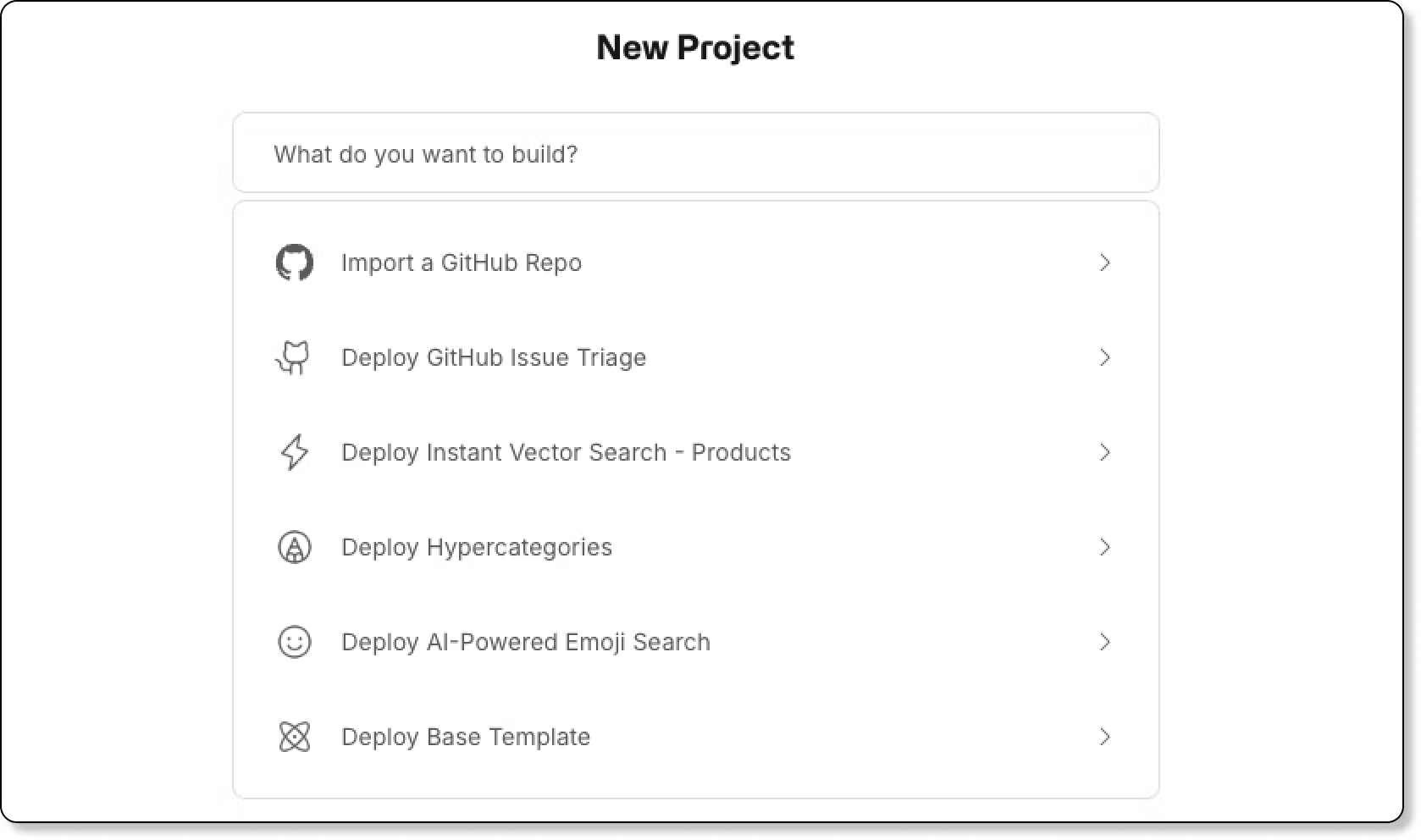AUGUST 13 2024
Meet the Engineers: Kristen Cheung
A Hypermode engineer passionate about creating intuitive user experiences and pushing the boundaries of AI visualization
At Hypermode, we know that people not only want to support a startup for its technology but also the people behind that technology.
Here is the second installment of our “Meet the Engineers” series. We're chatting with Kristen Cheung, one of the engineers behind our user-facing apps. Kristen's "just ship" attitude, as well as experience in both big tech and seed-stage startups, are a core part of the backgrounds and experiences that make the Hypermode engineering team special.
KVG: can you introduce yourself and tell us a little bit about your career before Hypermode?
KC: before Hypermode, I was a product engineer at PayPal, where I led different experimentation initiatives to increase the onboarding completion rate and product activation rate. After PayPal, I made a big transition to a seed-stage, five-person startup in the crypto space. I ended up enjoying the speed and agency that came with it, as well as the challenges of being on the frontier of a new space.

KVG: you're clearly passionate about building great web experiences, has that always been the case?
KC: I've always been somewhat digitally native. I feel like I grew up "always online." I remember spending hours looking at new animations and code gists on various design blogs. As a result, I've always been interested in user experiences.
KVG: was there a specific moment that made you realize you wanted to be on the engineering side of tech?
KC: I experienced somewhat of a culture shock going to a college where tech wasn't prevalent. I think the absence of tech is what made me realize I wanted to be a creator in the technical space. I ended up transferring to get a computer science degree and was really happy with that choice. It's incredibly fulfilling to bring the ideas in your mind to life.
KVG: what brought you to Hypermode?
KC: I wanted to dive deeper into infrastructure while still working on frontend user experiences. The idea of visualizing and connecting insights in AI models really excited me. Hypermode offered the perfect blend of infrastructure and innovative frontend work. Plus, I love the truth-seeking nature of seed-stage startups—there's no room for BS, and you get to take full ownership of your work.
KVG: what projects have you been working on at Hypermode?
KC: I've been working on a bit of everything—various frontend builds and our console. One of the most interesting challenges is connecting different parts of the stack and serving them as visualizations on the frontend. We're currently focused on making everything production-ready, experimenting, and iterating quickly.
KVG: what's the ship you're most proud of so far?
KC: I'm really proud of the onboarding flow we're working on. It's the entry point for users to start using our app, and it touches every part of the stack. Crafting an amazing onboarding experience is crucial because it sets the tone for the user's journey with Hypermode. It makes them feel welcome.

KVG: what's the next big project you're excited to work on?
KC: I'm excited about creating version control for AI functions. As users make changes and see inferences, we want to make it easy for them to accept or reject changes and understand how their AI is working. This will involve visualizing AI models and their connections, making the whole process more intuitive.
KVG: what are you working on outside of Hypermode?
KC: I'm interested in experimenting with new interfaces and AI apps. I recently played around with the tldraw library, which lets you draw arrows and change visuals with diagrams and text. I'm also fascinated by the idea of a slash command copilot that can change anything on the front end in real-time.
KVG: last-why do you keep coming back to startups?
KC: startups push you to learn and adapt constantly. You're always testing things, trying new approaches, and learning about yourself. There's no room for politics or bureaucracy—it's all about execution and ownership. I thrive on that environment and the opportunity to shape something from the ground up.
We want to not only help teams build high-performance AI apps but also enjoy the process of building. Stay tuned for more stories from our team as we continue to push the boundaries of AI and web development.